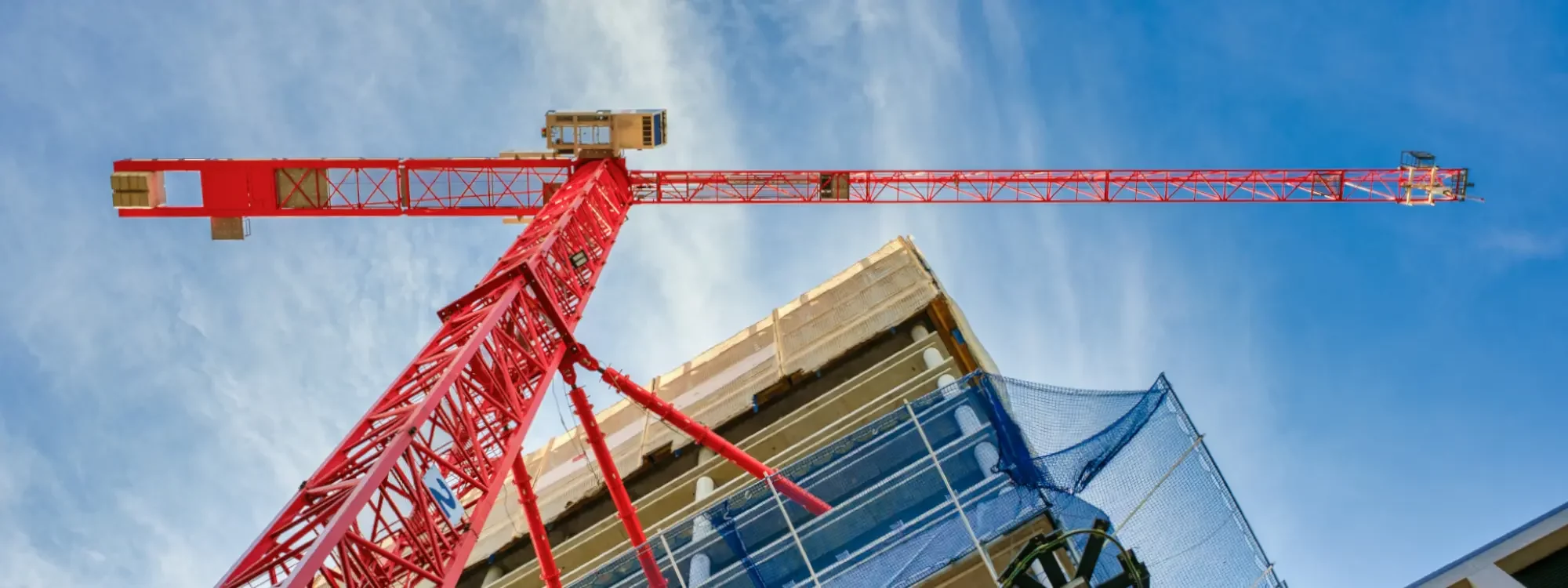Construction
What is the Construction Industry?
The construction industry includes a variety of services such as surveying and structural construction to finishing services such as decorating. This industrial branch focuses on trade-related tasks and manufactured materials to build, renovate, repair, and maintain infrastructures of cities, towns, and countries.
There are three construction industry categories that define this economic growth:
- Building construction: residential, industrial, commercial properties
- Infrastructure construction: roads, bridges, sewers, railways, irrigation projects, etc.
- Special trade construction: electrical work, plumbing, fittings, paintings, etc.
The construction industry enables a connection of communities through society improvement and bringing solutions to the needs of people. This includes medical, social, and personal spaces.
Individuals who work within this industry expose themselves to extreme hazards, whether it be through daily hands-on tasks, equipment operations, or project management.
The use of wires and cords, floor debris, or leaking water can be a major cause in on-site slips. Access to machinery, whether in use or parked, can cause severe hazards of trapping, cutting, or crushing a construction worker.
Manual handling of construction resources such as plasterboard or heavy loads can potentially cause musculoskeletal injury. If construction workers are using chainsaws, drills, and concrete breakers for extended period of time, permanent damage to nerves and blood vessels are a potential long term effect on the body.
Being exposed to asbestos can have serious long-term health consequences, such as lung disease and cancer. While construction dust could potentially cause silicosis, asthma, and Chronic Obstructive Pulmonary Disorder (COPD).
Risk assessments should be conducted before going on-site to determine the level of protection needed from exposure to the hazards listed above, and more.

What PPE is Recommended for the Construction Industry?
Personal protection garments and equipment are a requirement when coming on-site to any construction environment. Depending on the risk factor, depends upon the level of protection needed.
Construction workers should wear garments that cover the full length of their arms, legs, and torso, so scrapes, burns, and other injuries are minimized. Comfort and mobility should not be sacrificed when determining protection, but the use of baggy apparel should never be allowed. At minimum, workers should be required to wear long work pants and shirts, with safety glasses and a hard hat.
Safety managers and supervisors should routinely inspect the jobsite to maintain consistent PPE selection. Training employees on the proper selection of personal protection can increase the safety of each jobsite.